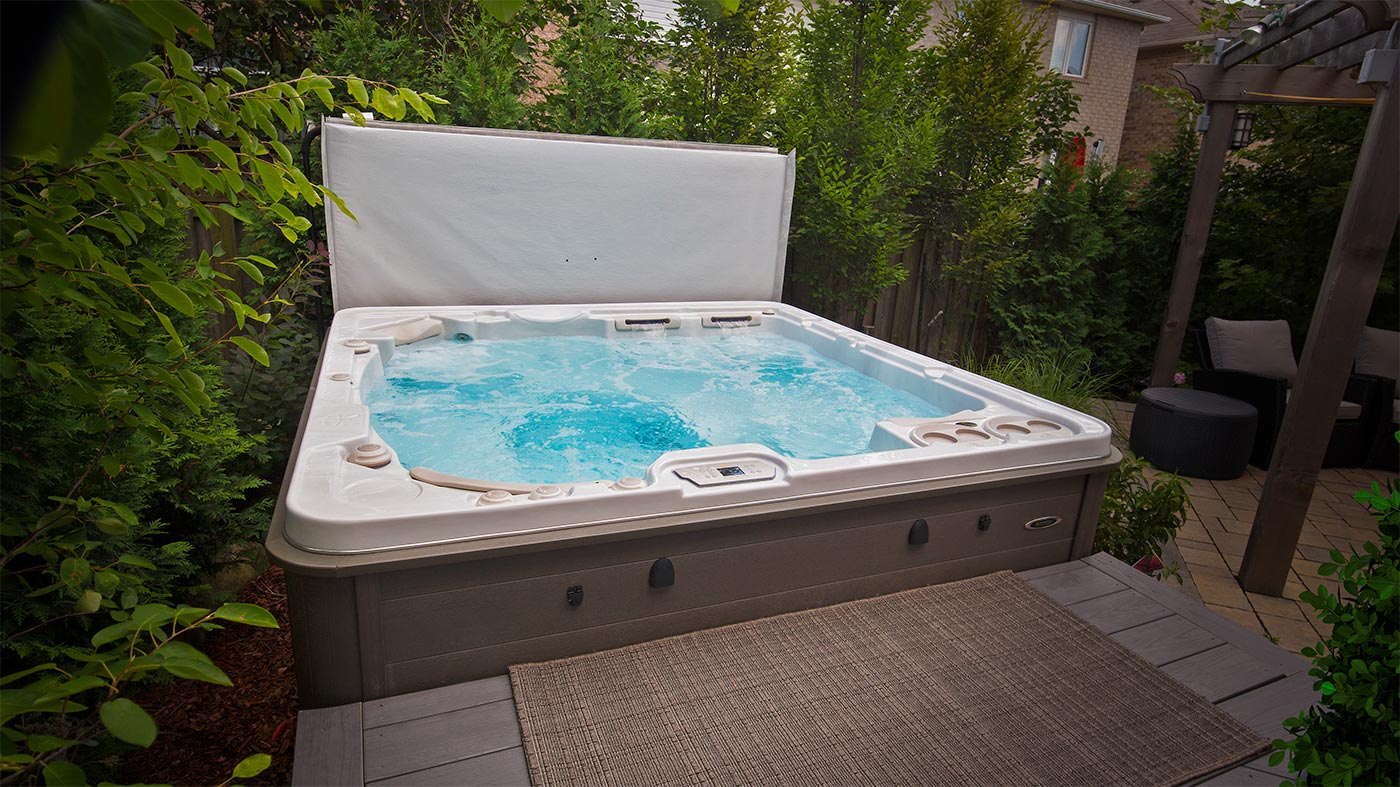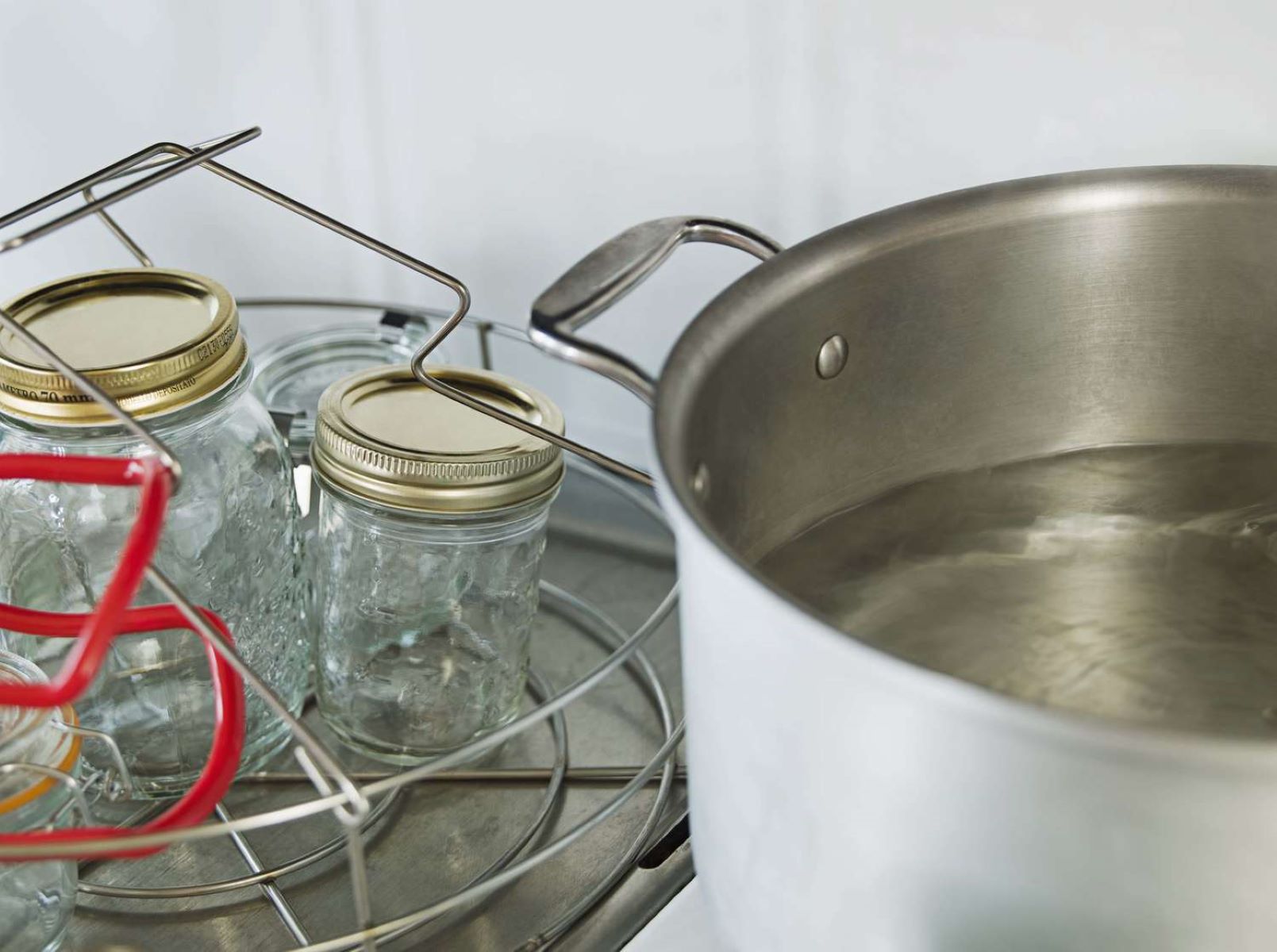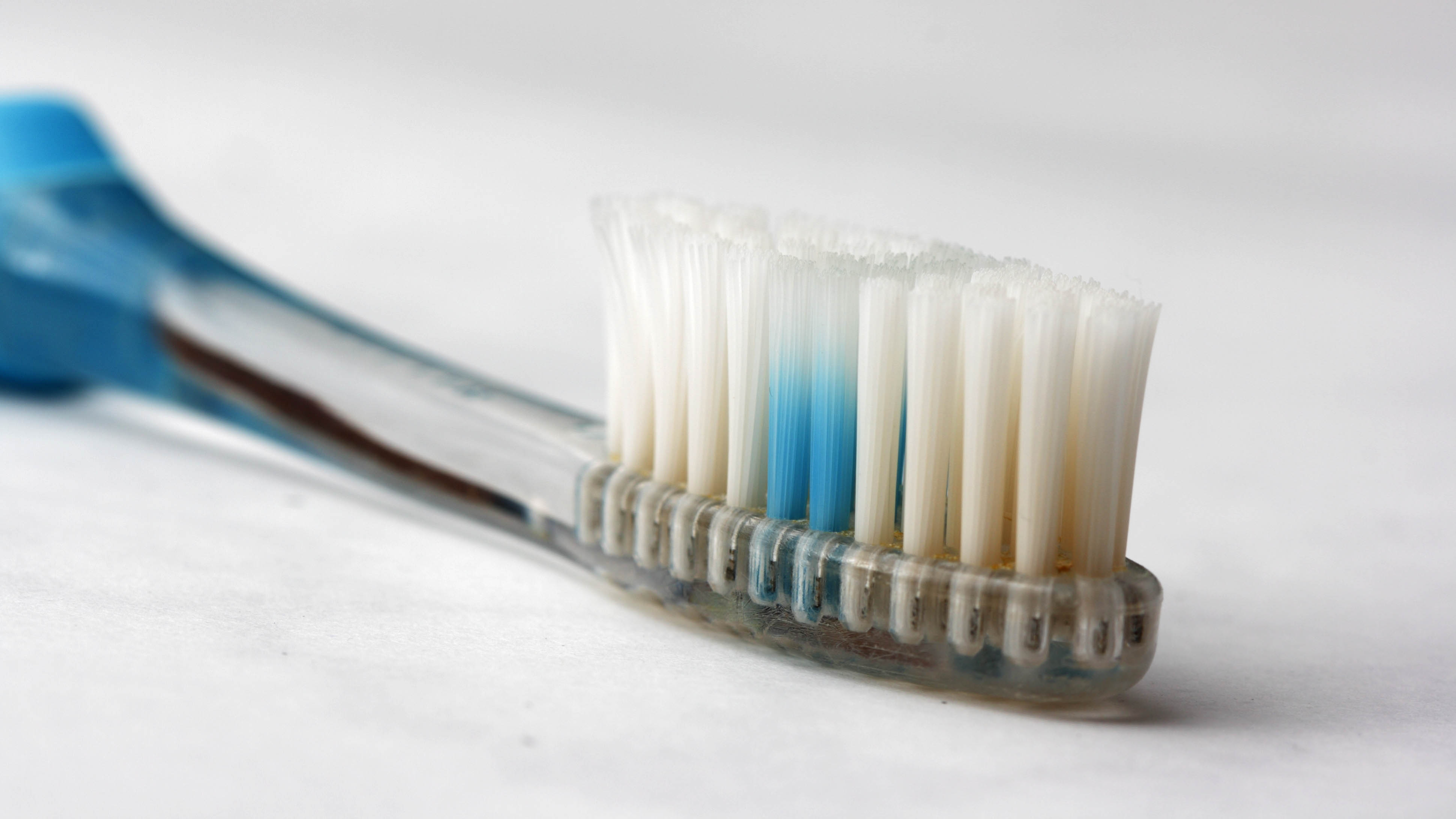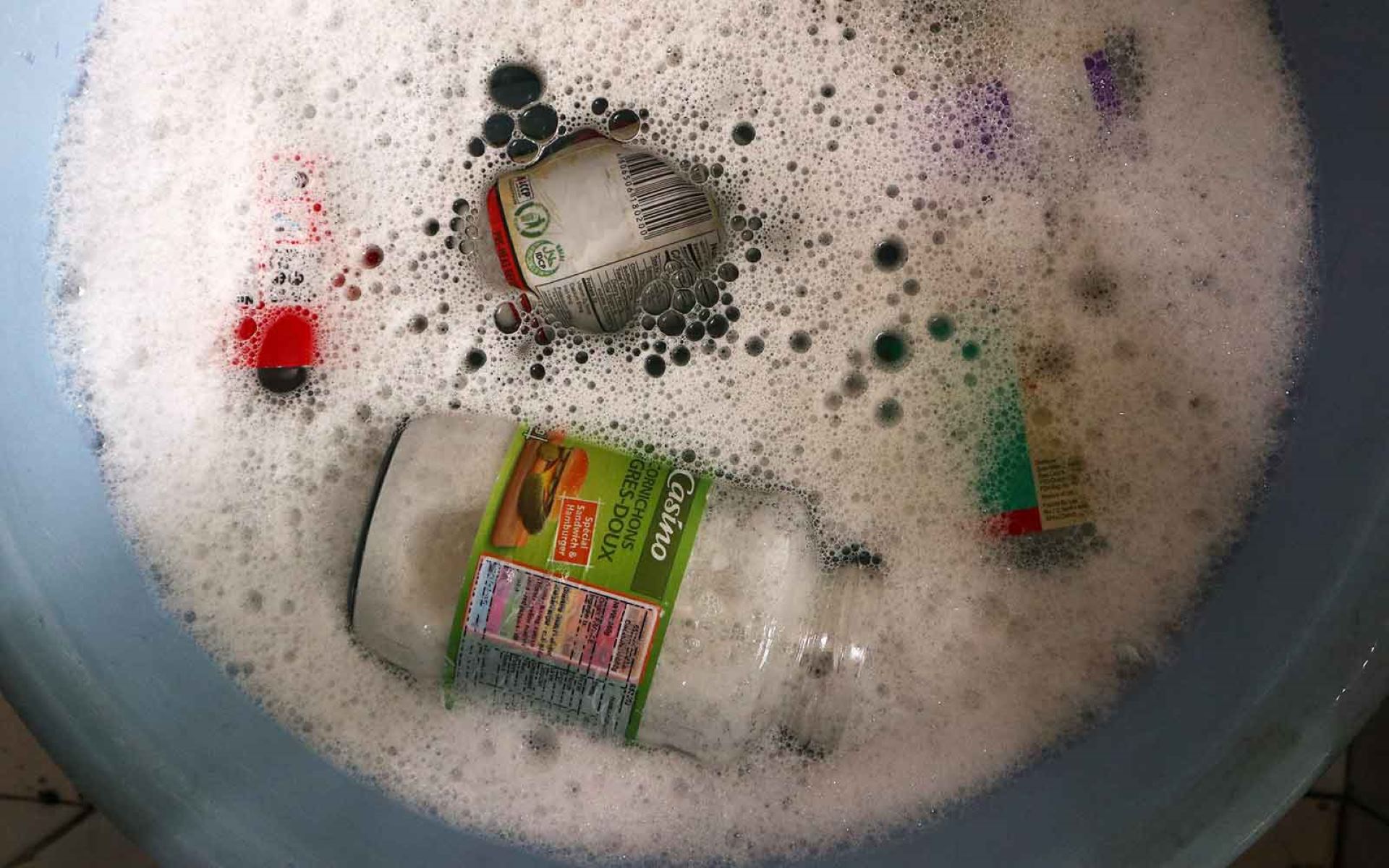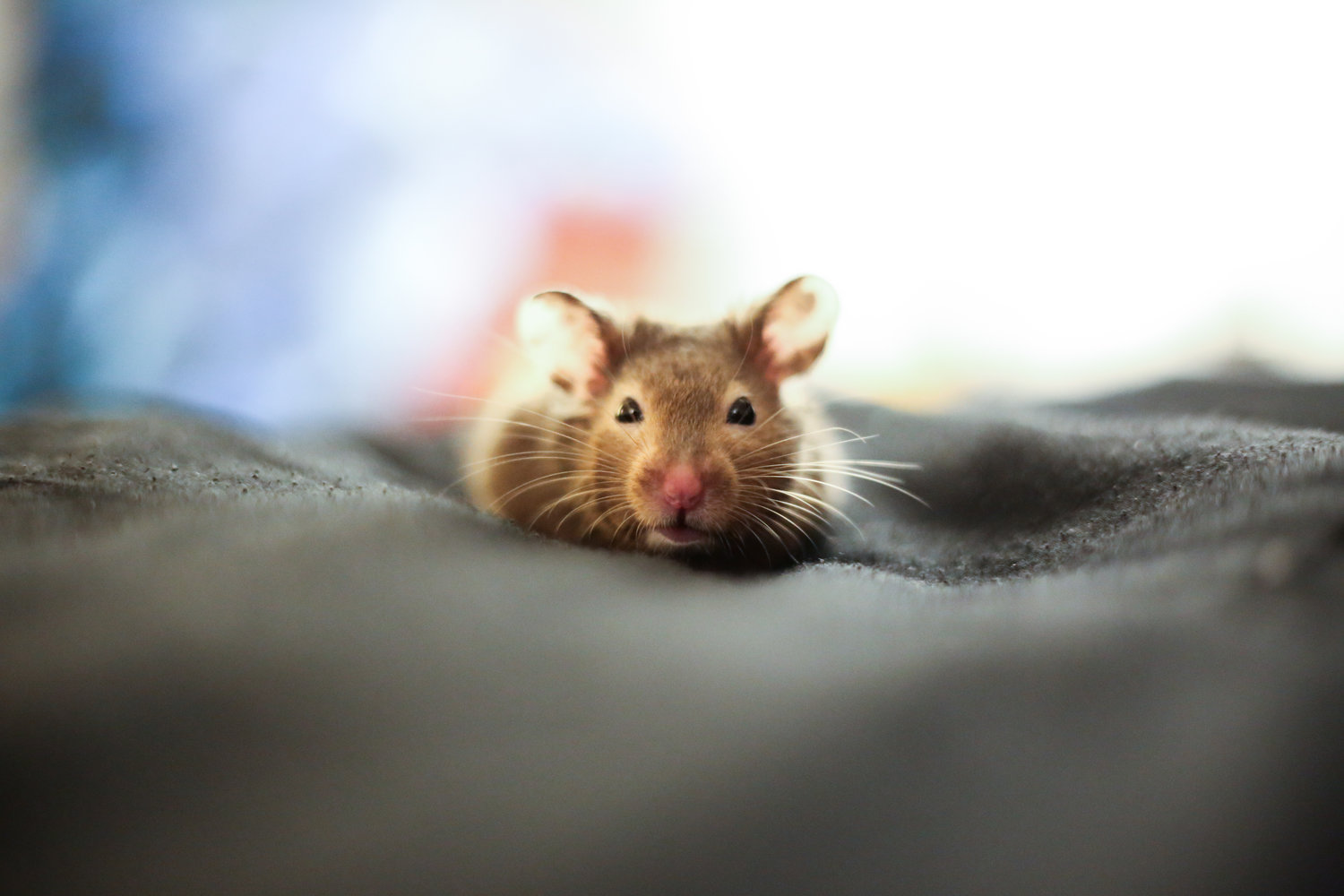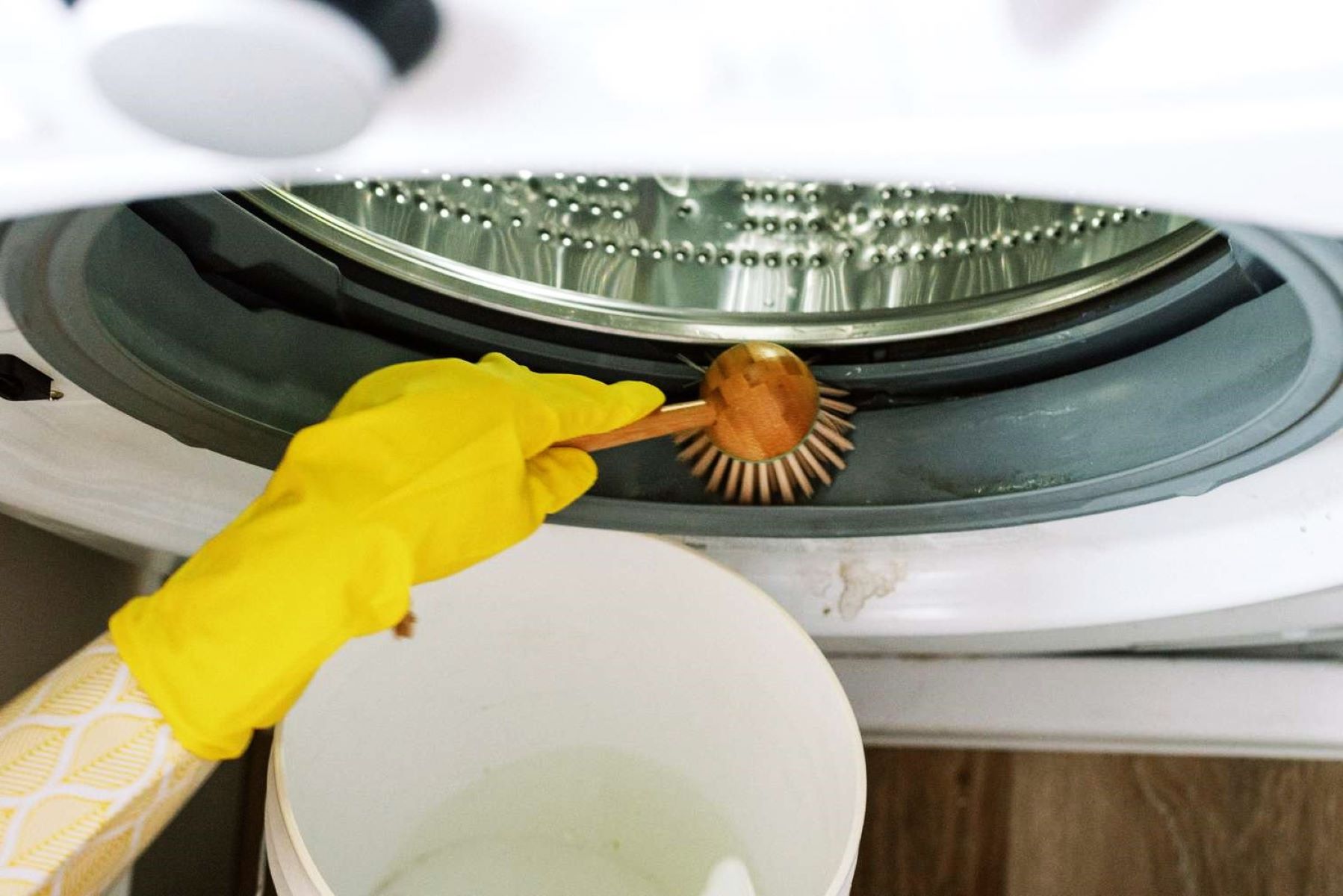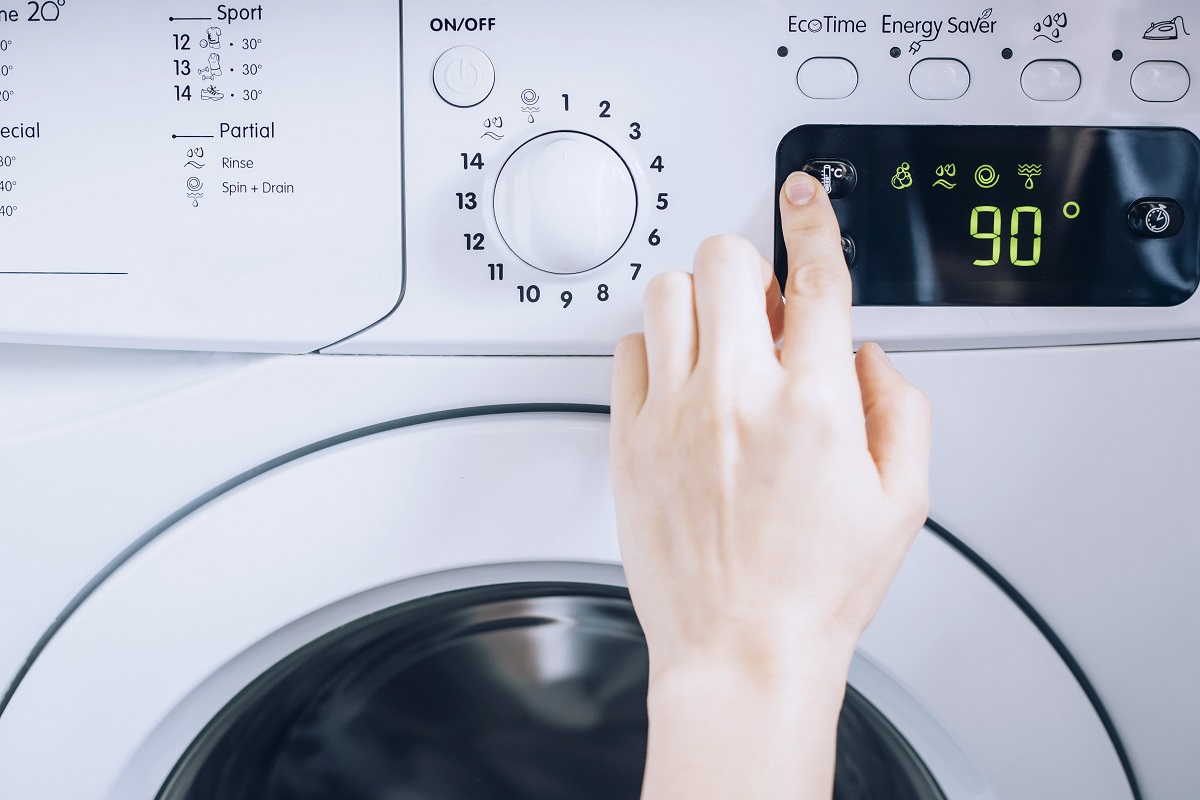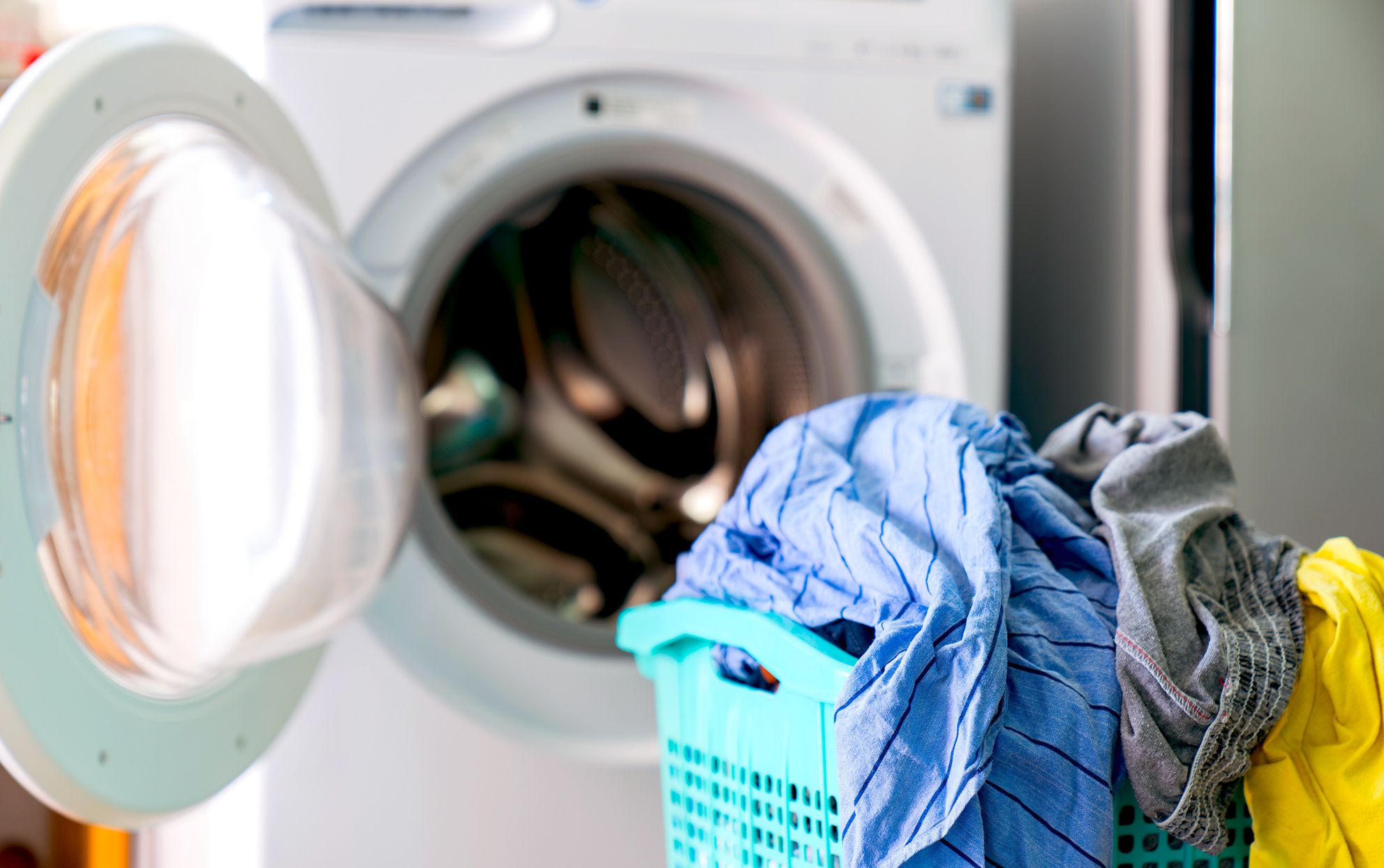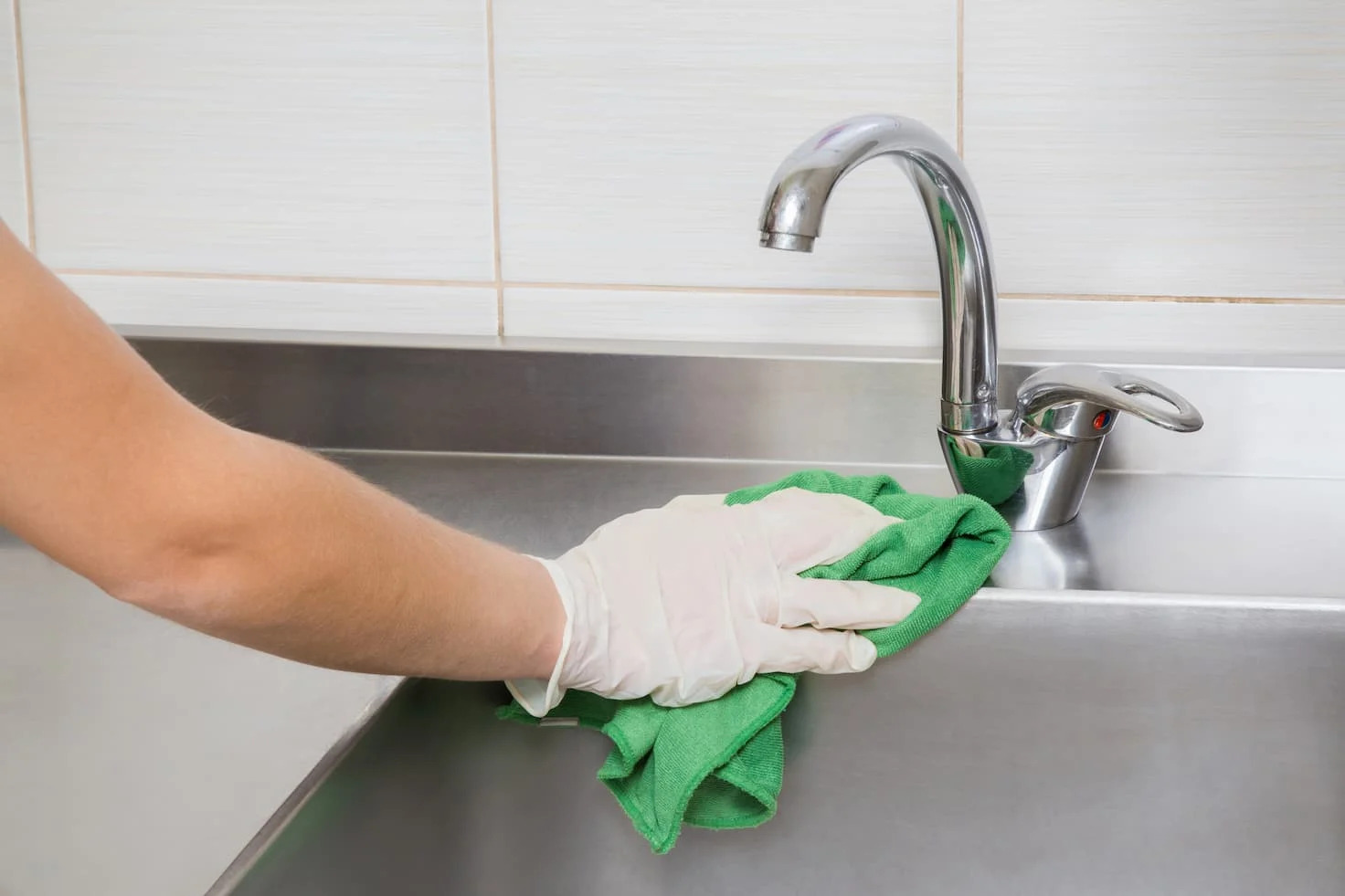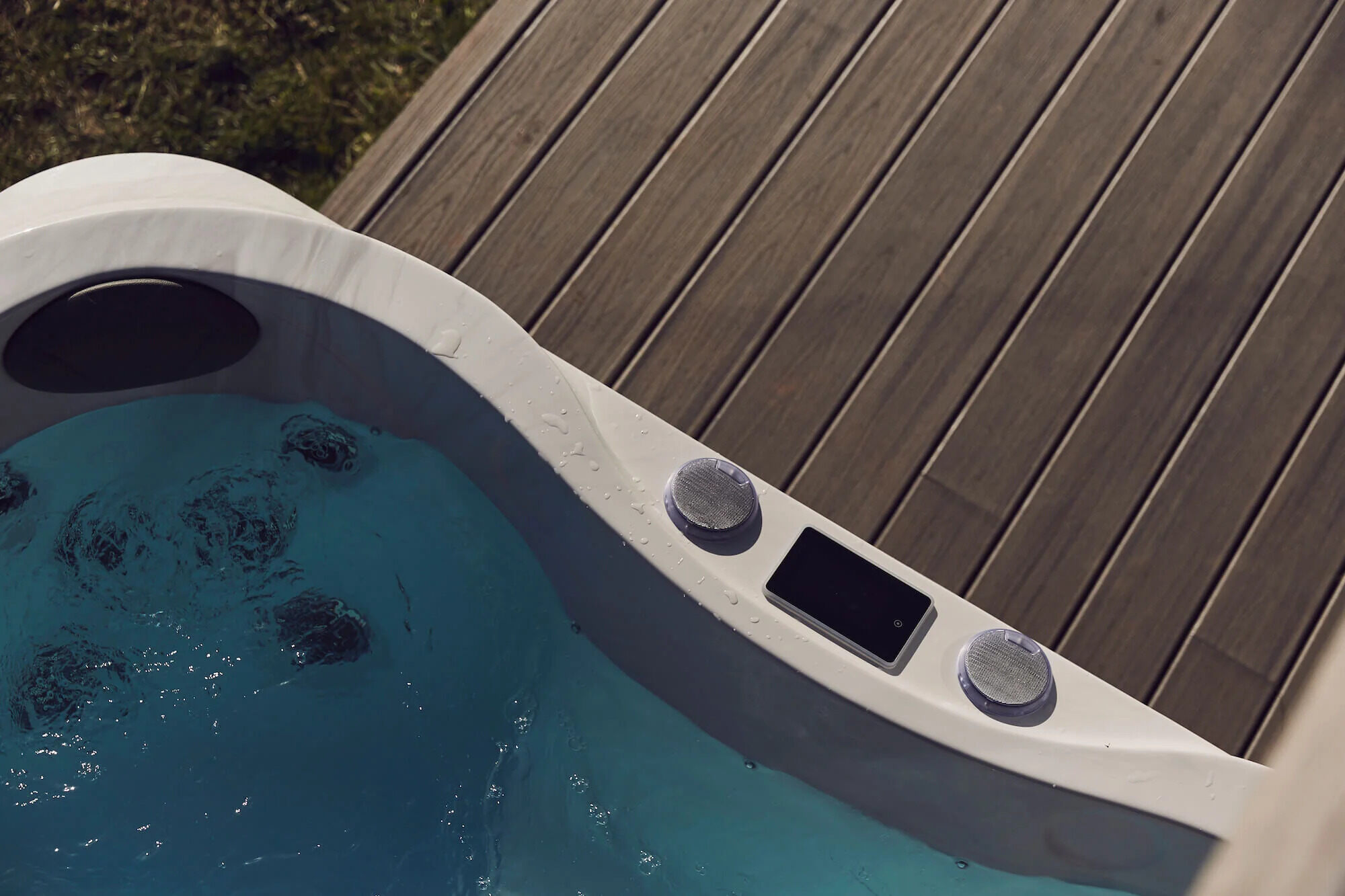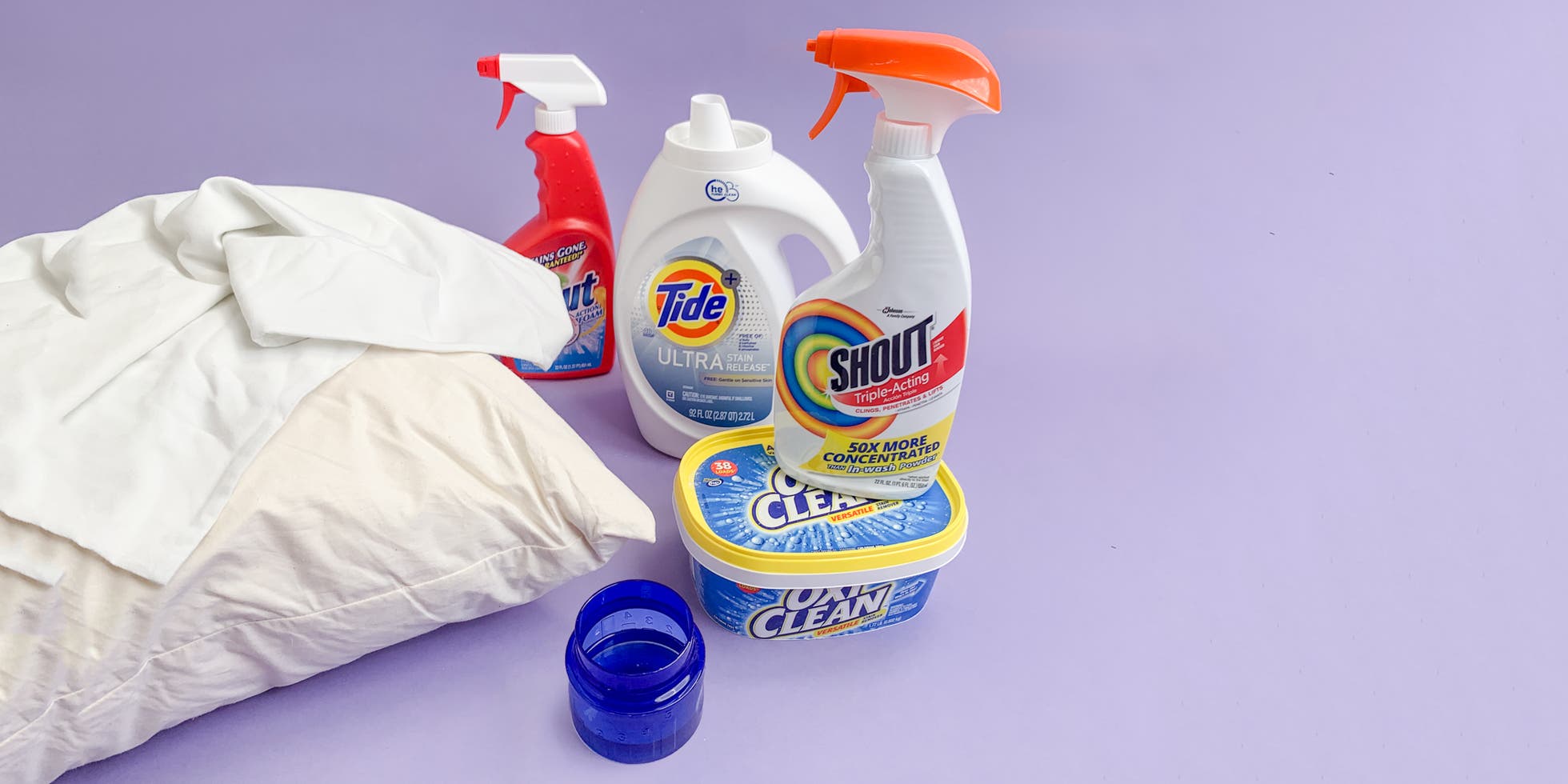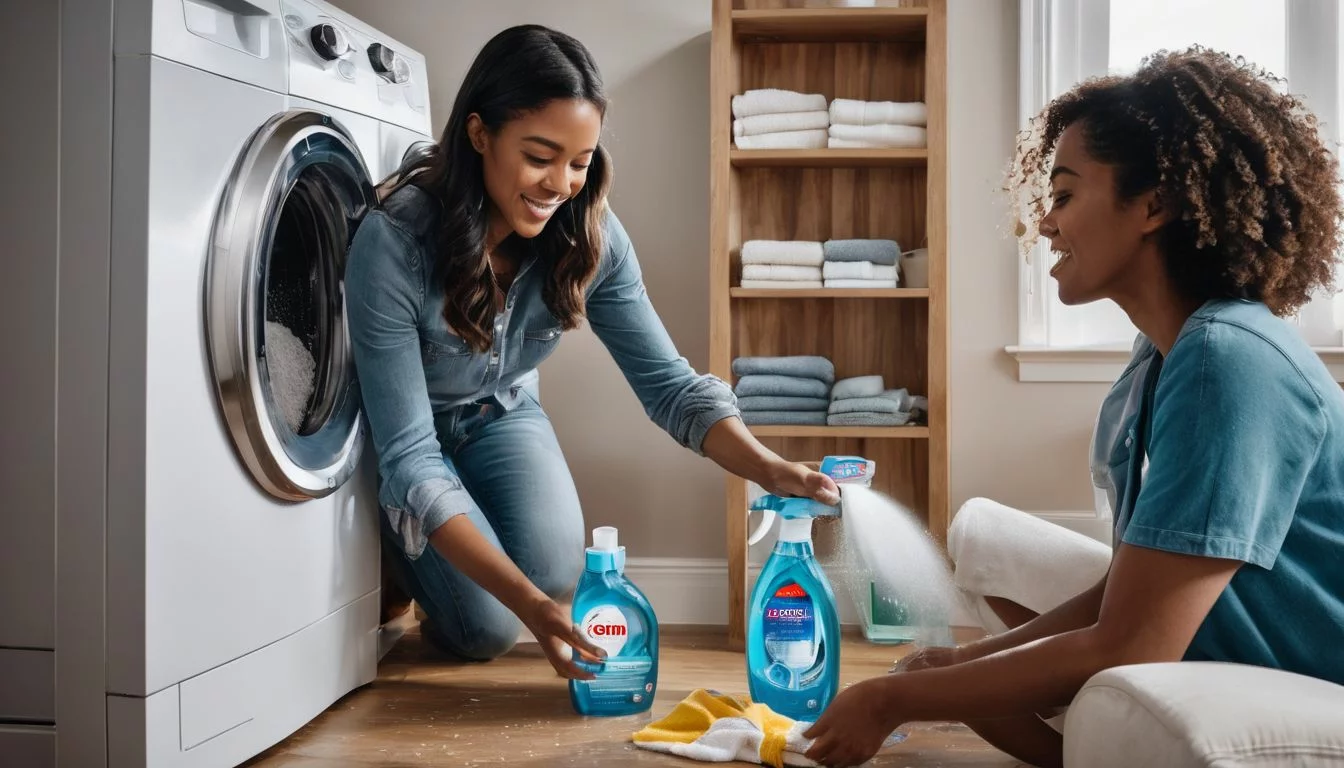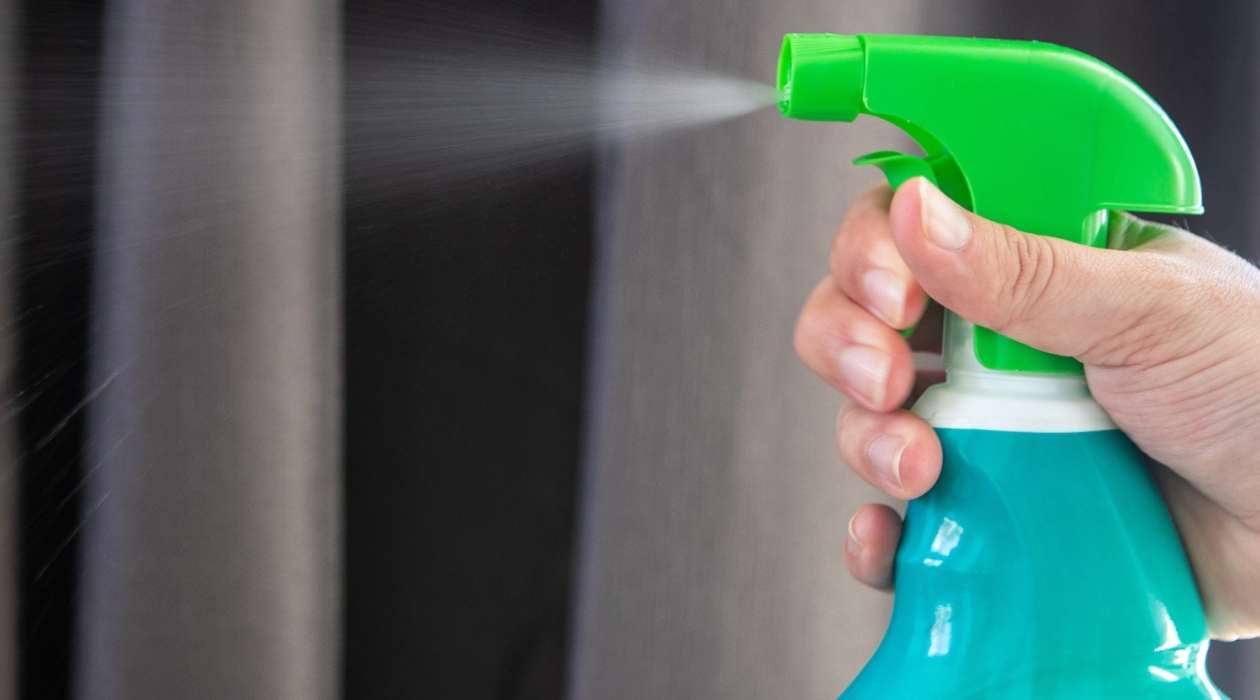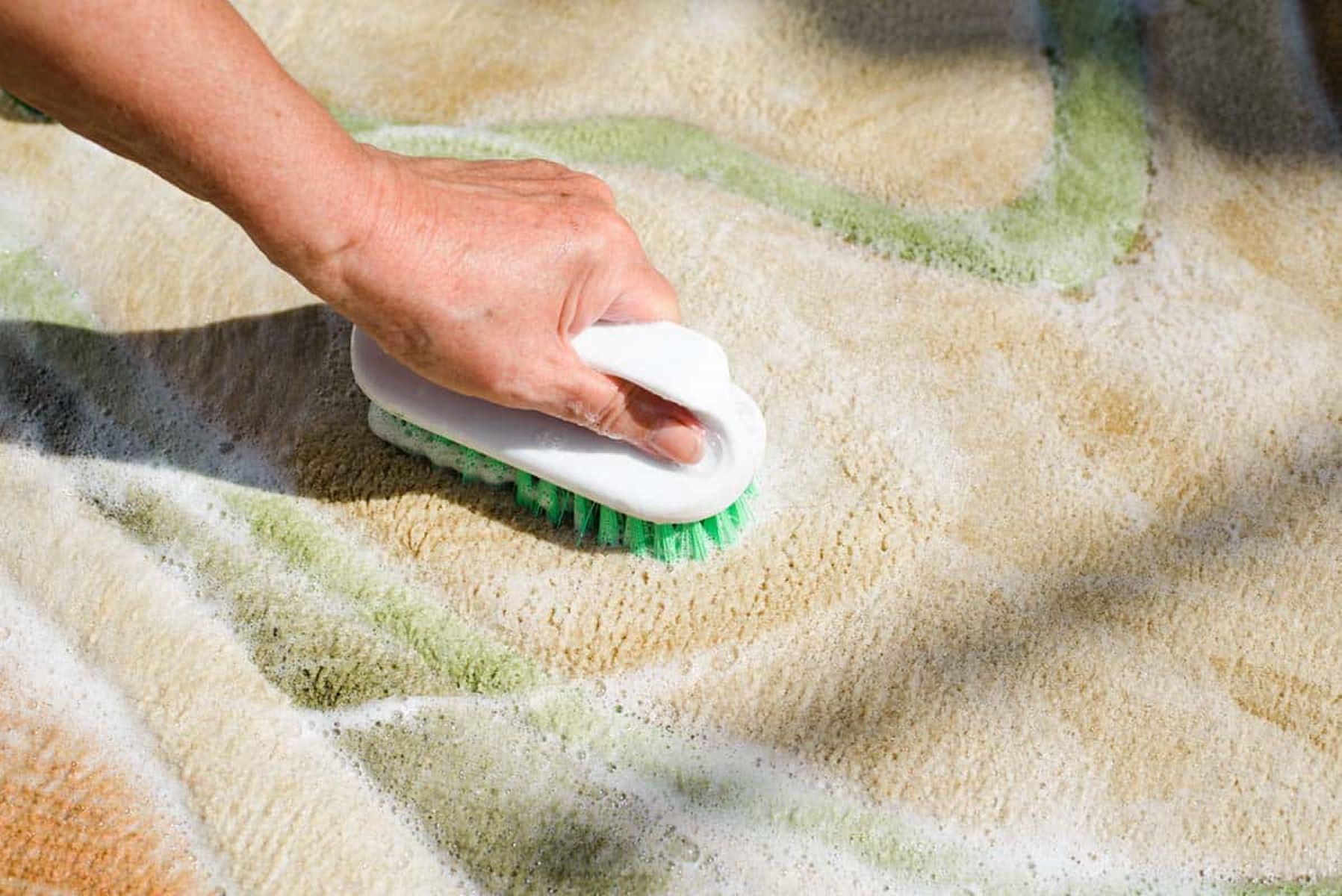

Articles
How To Sanitize A Carpet
Modified: August 23, 2024
Looking for articles on how to sanitize a carpet? Discover effective methods and tips to keep your carpets clean and germ-free!
(Many of the links in this article redirect to a specific reviewed product. Your purchase of these products through affiliate links helps to generate commission for Storables.com, at no extra cost. Learn more)
Introduction
Welcome to our comprehensive guide on how to sanitize a carpet. Carpets not only add warmth and comfort to our homes, but they also act as a breeding ground for dirt, stains, and bacteria. Regular cleaning and maintenance of carpets are crucial to ensure a healthy and hygienic living environment. Whether you are dealing with pet stains, food spills, or general dirt and grime, proper sanitization of your carpet is essential.
In this article, we will provide you with step-by-step instructions on how to effectively sanitize your carpet, removing stains and eliminating germs. By following these simple yet effective techniques, you can restore the cleanliness and freshness of your carpet, making it look and feel brand new.
Before we dive into the steps, it is important to note that different types of carpets may require specific cleaning methods. Always check the manufacturer’s instructions or consult a professional cleaner if you are unsure about the best method for your specific carpet type.
Now, let’s get started on sanitizing your carpet!
Key Takeaways:
- Keep your carpet clean and fresh by preparing the right cleaning solution, removing dirt and debris, and testing the solution before applying it. Scrub, rinse, and dry thoroughly for a sanitized and healthy living environment.
- Regularly sanitizing your carpet not only improves its appearance but also contributes to a healthier indoor environment by removing allergens, bacteria, and odors. Follow the steps to extend the lifespan of your carpet and enjoy a clean and fresh home.
Read more: How To Sanitize Rugs
Step 1: Prepare the Cleaning Solution
The first step in sanitizing your carpet is to prepare the cleaning solution. You have several options when it comes to cleaning solutions, depending on the type of stains or odors you are dealing with. Here are a few common and effective cleaning solutions:
- Dish soap and water: This is a simple and effective solution for general dirt and stains. Mix a few drops of dish soap with warm water in a bucket or spray bottle.
- Vinegar and water: Vinegar is a natural disinfectant and can help to eliminate odors. Mix equal parts of white vinegar and water in a spray bottle.
- Baking soda: Baking soda is great for removing odors. Sprinkle a generous amount of baking soda over the carpet and let it sit for at least 30 minutes before vacuuming.
- Commercial carpet cleaner: There are many carpet cleaning products available in the market specifically designed to remove stains and sanitize carpets. Follow the instructions on the product label for the proper dilution ratio.
Choose the cleaning solution that best suits your needs and gather all the necessary ingredients. It’s a good idea to test the solution on a small, inconspicuous area of the carpet to ensure it doesn’t cause any discoloration or damage.
Once you have the cleaning solution ready, move on to the next step.
Step 2: Remove Loose Dirt and Debris
Before applying the cleaning solution, it is important to remove any loose dirt and debris from the carpet. This will prevent them from getting embedded into the fibers during the cleaning process and make the sanitization more effective. Here’s how to remove loose dirt and debris from your carpet:
- Vacuuming: Start by vacuuming the entire carpet thoroughly. Use a vacuum cleaner with a powerful suction and suitable attachments to ensure you reach all the corners and crevices. Pay extra attention to high-traffic areas and areas where dirt tends to accumulate, such as near entrances or under furniture.
- Spot cleaning: If there are specific spots or stains on the carpet, use a clean cloth or sponge to gently blot the area. Avoid rubbing or scrubbing as it can push the stain deeper into the carpet fibers.
- Use a brush: For stubborn dirt or pet hair, use a brush with stiff bristles to loosen and remove the debris. Brush in the direction of the carpet’s nap to avoid damaging the fibers.
- Shake or beat the carpet: If your carpet is small enough and easy to handle, you can take it outside and give it a good shake or beat it with a carpet beater to dislodge any loose debris.
By thoroughly removing loose dirt and debris, you will be able to focus on sanitizing the carpet effectively and achieve better results. Once you have completed this step, you are ready to move on to testing the cleaning solution.
Step 3: Test the Cleaning Solution
Before applying the cleaning solution to the entire carpet, it is important to test it on a small, inconspicuous area first. Testing the solution will help you determine its effectiveness and ensure that it doesn’t cause any discoloration or damage to your carpet.
Follow these steps to test the cleaning solution:
- Choose a hidden area: Select a small area of the carpet that is not easily noticeable, such as behind furniture or in a corner.
- Apply the solution: Using a clean cloth or sponge, apply a small amount of the cleaning solution to the test area.
- Gently blot: Blot the solution into the carpet using a gentle dabbing motion. Avoid rubbing or scrubbing vigorously.
- Observe the carpet: Allow the solution to sit on the test area for a few minutes, then check for any discoloration or damage.
- Check for colorfastness: Wipe off the cleaning solution and inspect the carpet to ensure that the colors have not faded or bled.
If the test area shows no adverse effects, such as discoloration or damage, you can proceed with confidence to apply the cleaning solution to the rest of the carpet. However, if you notice any negative reactions, discontinue use of the solution and consider alternative cleaning methods or consult a professional cleaner.
By testing the cleaning solution, you can avoid potential damage to your carpet and ensure that the sanitization process goes smoothly. Once you have successfully tested the solution, you are now ready to apply it to your carpet in the next step.
Step 4: Apply the Cleaning Solution
Now that you have tested the cleaning solution and are confident in its safety for your carpet, it’s time to apply it to the rest of the carpet. Applying the cleaning solution will help loosen stains, remove dirt and bacteria, and restore the freshness of your carpet. Here’s how to apply the cleaning solution:
- Spot treatment: If there are specific stains or heavily soiled areas on the carpet, apply the cleaning solution directly to those spots. Use a clean cloth or sponge and gently rub the solution into the stain, working from the outside towards the center.
- Spray method: For general cleaning or larger areas of the carpet, fill a spray bottle with the cleaning solution and evenly spray it over the carpet surface. Be careful not to oversaturate the carpet, as excessive moisture can lead to damage or mildew.
- Work in sections: Divide the carpet into manageable sections and work on one section at a time. This will ensure thorough coverage and prevent the cleaning solution from drying out before you have a chance to scrub.
Remember to follow the instructions provided by the cleaning solution manufacturer regarding the appropriate dilution ratio or application technique. This will help you achieve the best results and avoid any potential issues.
Once you have applied the cleaning solution, it’s time to move on to the next step and start scrubbing the carpet.
When sanitizing a carpet, use a mixture of white vinegar and water in a spray bottle to spot clean and disinfect. Let it sit for 10-15 minutes before blotting with a clean cloth.
Read more: How To Sanitize A Dryer
Step 5: Scrub the Carpet
Scrubbing the carpet will help agitate the cleaning solution, loosen dirt and stains, and ensure a thorough sanitization. It is an important step that can greatly improve the effectiveness of the cleaning process. Here’s how to properly scrub your carpet:
- Choose a scrubbing tool: Depending on the size of the area you’re cleaning and your personal preference, you can use a scrub brush, a sponge, or a clean cloth. Make sure the tool you choose has soft bristles or a gentle texture to prevent any damage to the carpet fibers.
- Start scrubbing: Begin scrubbing the carpet, working in small sections. Use a circular motion or back-and-forth strokes to work the cleaning solution into the carpet fibers. Pay extra attention to stained or heavily soiled areas.
- Apply moderate pressure: Apply moderate pressure while scrubbing, but be careful not to press too hard as it can damage the carpet. Let the cleaning solution do the work, and use your scrubbing tool to agitate the carpet without causing excessive friction.
- Work from the outside in: When scrubbing a stain or spot, start scrubbing from the outer edges and gradually work your way towards the center. This will prevent the stain from spreading and help contain the cleaning process.
- Take breaks: Depending on the size of the area you’re cleaning, take breaks as needed to avoid straining your muscles or becoming fatigued. This will ensure that you maintain a consistent pressure and achieve thorough scrubbing.
Remember to be patient and thorough while scrubbing the carpet. Spend ample time on each section to ensure that the cleaning solution penetrates deep into the carpet fibers and helps lift dirt and stains effectively.
Once you have finished scrubbing, you are ready to move on to the next crucial step: rinsing and extracting the cleaning solution from the carpet.
Step 6: Rinse and Extract the Solution
Rinsing and extracting the cleaning solution from the carpet is an important step to remove any residue and ensure that no cleaning solution is left behind. This step will help prevent re-soiling and keep your carpet looking and feeling fresh. Here’s how to rinse and extract the solution from your carpet:
- Prepare the rinsing solution: Fill a bucket or spray bottle with clean water. You can also add a small amount of white vinegar to the water as a natural deodorizer.
- Apply the rinsing solution: Using a spray bottle or a clean cloth, apply the rinsing solution to the carpet. Make sure to thoroughly saturate the carpet without oversaturating it.
- Allow the solution to sit: Let the rinsing solution sit on the carpet for a few minutes to help loosen any remaining residue or dirt.
- Extract the solution: Use a wet/dry vacuum cleaner or a carpet extractor to extract the rinsing solution from the carpet. Follow the manufacturer’s instructions for operating the machine effectively.
- Repeat if necessary: If the extracted water appears dirty or if you notice any remaining residue, repeat the rinsing and extraction process until the water being extracted looks clean.
Rinsing and extracting the solution is crucial for a thorough sanitization of your carpet. It removes any leftover cleaning solution, dirt, and potential allergens, leaving your carpet clean and fresh.
Once you have completed this step, it’s time to focus on the final step: drying the carpet.
Step 7: Dry the Carpet
Drying the carpet is the final step in the sanitization process. Proper drying is essential to prevent mold and mildew growth and ensure that your carpet is ready to be walked on again. Here are some effective methods to dry your carpet:
- Air circulation: Open windows and use fans or air conditioners to promote air circulation in the room. This helps in speeding up the drying process by increasing airflow and reducing humidity.
- Use a dehumidifier: If the weather is humid or you live in a humid area, using a dehumidifier can help in extracting moisture from the air and speeding up the drying process.
- Use towels or absorbent cloths: Place clean, dry towels or absorbent cloths over the damp areas of the carpet. Apply gentle pressure to soak up as much moisture as possible. Replace the towels or cloths as they become saturated.
- Vacuum: After the carpet has dried partially, vacuum it to fluff up the fibers and remove any remaining particles or debris.
- Professional carpet drying: If you have a large area of carpet or if the carpet has been heavily saturated, consider hiring a professional carpet cleaning service that offers drying services. They have specialized equipment and techniques to ensure thorough and efficient drying.
It’s important to note that the drying time can vary depending on factors such as humidity, carpet thickness, and the amount of moisture present. Be patient and allow sufficient time for the carpet to completely dry before allowing foot traffic on it.
By following these drying methods, you can ensure that your carpet is properly dried, preventing any potential issues and maintaining its cleanliness and integrity.
With the completion of this step, you have successfully sanitized your carpet. Congratulations! Your carpet should now be fresh, clean, and ready to be enjoyed.
Conclusion
Sanitizing a carpet is an essential part of maintaining a clean and healthy living environment. By following the steps outlined in this comprehensive guide, you can effectively remove stains, dirt, and bacteria from your carpet, restoring its freshness and beauty. Here’s a quick recap of the steps involved:
- Prepare the cleaning solution by choosing the appropriate mixture.
- Remove loose dirt and debris from the carpet through thorough vacuuming and spot cleaning.
- Test the cleaning solution on a small, inconspicuous area of the carpet to ensure its safety.
- Apply the cleaning solution to the entire carpet, spot-treating as needed.
- Using a scrub brush or sponge, gently scrub the carpet to agitate the cleaning solution and loosen dirt and stains.
- Rinse and extract the cleaning solution using a rinsing solution and a wet/dry vacuum or carpet extractor.
- Finally, ensure the carpet is completely dry by promoting air circulation and using towels or absorbent cloths if necessary.
Remember, it is important to use the proper cleaning solutions and techniques for your specific carpet type. Always read the manufacturer’s instructions and test any new cleaning solutions on a small area before applying them to the entire carpet.
Regularly sanitizing your carpet not only improves its appearance but also contributes to a healthier indoor environment by removing allergens, bacteria, and odors. By following these steps and incorporating them into your regular cleaning routine, you can extend the lifespan of your carpet and enjoy a clean and fresh home.
Thank you for reading this guide on how to sanitize a carpet. We hope you found it informative and helpful. Now, go ahead and give your carpet the attention it deserves!
Frequently Asked Questions about How To Sanitize A Carpet
Was this page helpful?
At Storables.com, we guarantee accurate and reliable information. Our content, validated by Expert Board Contributors, is crafted following stringent Editorial Policies. We're committed to providing you with well-researched, expert-backed insights for all your informational needs.
